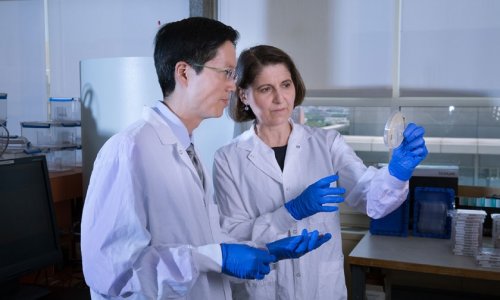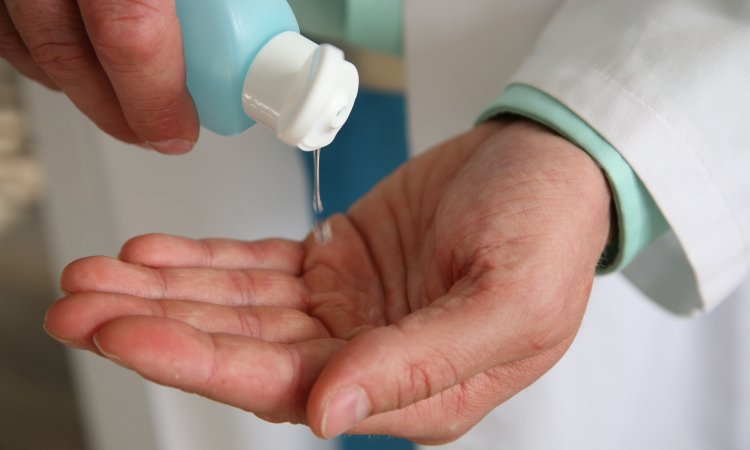A highly sanitary keyboard with built-in mouse
Report: Kerry Heacox, i.t. Communications
That computer keyboards harbour bacteria is well known. Studies have determined that 3,295 germs accumulate per square inch on a standard keyboard. By comparison, a sanitary toilet has 49 germs per square inch.

A study to determine the extent to which computer keyboards could be a repository for three bacteria commonly found in hospitals – methicillin-resistant Staphylococcus aureus (MRSA), pseudomonas aeruginosa (PSAE) and
vancomycin-resistant Enterococcus faecium (VRE) – was conducted by Dr Gary Noskin, medical director for healthcare epidemiology and quality at Northwestern Memorial Hospital, in Chicago, in 2005.The researchers put each bacterium on keyboards and keyboard covers to see how long the bacteria survived. They also typed on the keyboards to see if the bacteria could be transferred to the fingertips.
While PSAE could survive only five minutes on a keyboard cover and up to 60minutes on a keyboard, MRSA and VRE bacteria were far more robust, surviving up to 24 hours after being placed on each surface. Dr Noskin also discovered that the more contact a person had with contaminated keyboards, the more likely the bacteria transmitted to the hands. They measured an increase from 42 to 92% of the time for MRSA, 22 to 50% for VRE, and 9 to 18% for PSAE. Dr Noskin strongly recommended that anyone using a keyboard in a healthcare setting should wash their hands after each use. With computers now in use in all hospital or clinic departments, the importance of keeping computer components as bacteriafree as possible is escalating. However, while rubber keyboards and keyboard covers are the norm in surgical suites, they are not necessarily as commonplace in ICUs, radiology departments, in-patient nurse stations, or patient examination rooms.
To prevent bacteria congregating, Cleankeys, based in Canada, had designed and manufactured a smooth surface wireless keyboard with built-in mouse for dental practices, and this February launched an improved model, aimed for medical departments. The firm reports that the keyboard, also named Cleankeys, can be kept 99% bacteria free. Models come either with a smooth glass or moulded acrylic surface, with slight indentations for keys. Both surfaces are designed to be thoroughly cleaned in up to 10 seconds using a disposable disinfectant wipe.
Testing
In 2007, Cleankeys was formally evaluated in a study at the Stolley Children’s Hospital, Edmonton, to determine how much bacteria was retained after disinfection. A smooth glass keyboard was compared with rubber or plastic keyboards, first being sprayed with a toxic mix of e-coli and MRSA, then allowed to dry, cleaned with a disinfectant wipe and then tested for bacteria. The rubber and plastic keyboards retained 250 bacterial colonies; the Cleankeys keyboard retained only two. Philip Tierno PhD, author of The Secret Life of Germs, recommends that keyboards in a clinical setting be disinfected after each use. However, the time to do this tends to preclude this practice in the majority of clinical settings.
This is the appeal of Cleankeys. It has three pressure settings for use with bare hand or gloved fingers, and a key makes an audible sound when touched. However, the product isn’t quite yet perfect. A user must be careful about finger alignment when typing, and typing speed can be slower. Cleankeys has 21 dealers/distributors covering 16 European countries.
07.07.2010





